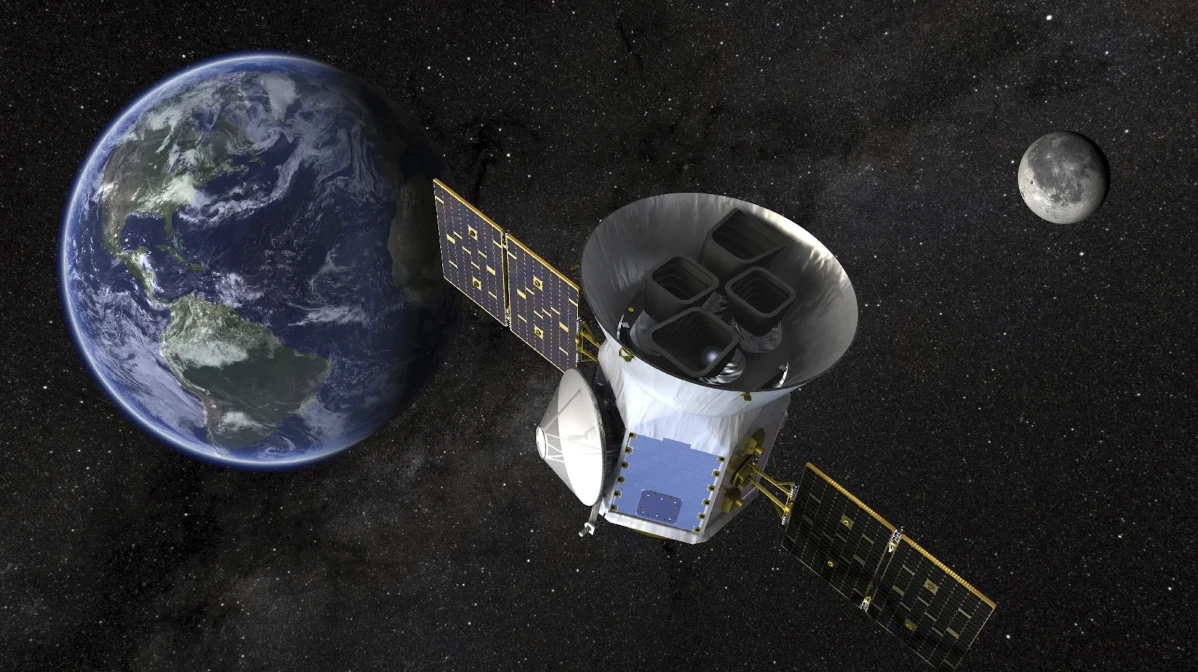A rare in-sync solar system with six planets moving like a grand cosmic orchestra has been discovered by astronomers. Since their birth billions of years ago, these planets have been unaffected by external forces.
The find, reported Wednesday, can assist with making sense of how nearby planet groups across the Smooth Way world became. This one is 100 light-years away in the star grouping Trance state Berenices. 5.8 trillion miles constitute a light-year.
The observations were made by a group of planet-hunting satellites, Tess from NASA and Cheops from the European Space Agency.
None of the planets in wonderful synchrony are inside the star’s purported tenable zone, and that implies pretty much nothing if any probability of life, to some degree as far as we might be concerned.
“Here we have a brilliant objective” for examination, said Adrien Leleu of the College of Geneva, who was important for a global group that distributed the outcomes in the diary Nature.
It’s possible that this star, HD 110067, has even more planets. The six discovered thus far have densities closer to those of gas giants in our own solar system, despite being roughly two to three times larger than Earth. They are extremely hot and orbit their star for nine to 54 days, making them closer to it than Venus is to the sun.
The scientists think that because they are gas planets, they have solid cores made of rock, metal, or ice that are covered in thick hydrogen layers. To ascertain what is in their atmospheres, additional observations are required.
According to scientists, the six planets in this solar system are unique because they move in perfect sync. In specialized terms, it’s known as reverberation that is “exact, efficient,” said co-creator Enric Palle of the Organization of Astronomy of the Canary Islands.
The deepest planet finishes three circles for each two by its nearest neighbor. The second- and third-closest planets, as well as the third- and fourth-closest planets, are all the same.
In 41 and 54.7 days, the two outermost planets complete an orbit, or four orbits for every three. The deepest planet, in the mean time, finishes six circles in the very time the furthest finishes one.
According to the scientists, this is how all solar systems, including our own, are thought to have begun. However, ours is not one of the estimated one in 100 systems that have maintained that synchrony. Things can be thrown out of whack by huge planets. Meteor showers, close encounters with nearby stars, and other disturbances are all possibilities.
According to Palle, there are 40 to 50 known in-sync solar systems, but none have as many planets in perfect sync or as bright a star as this one.
Hugh Osborn, a member of the team from the University of Bern, was “shocked and delighted” when the planets’ orbital periods in this star system came close to what scientists had predicted.
He stated, “My jaw was on the floor.” That was a truly pleasant second.”

